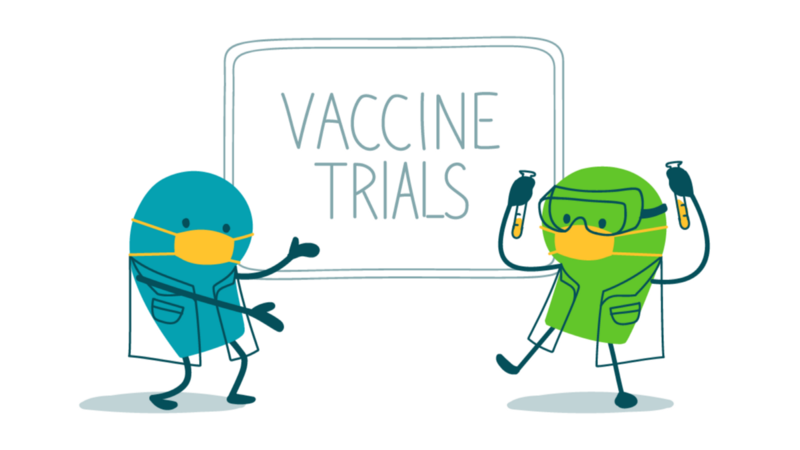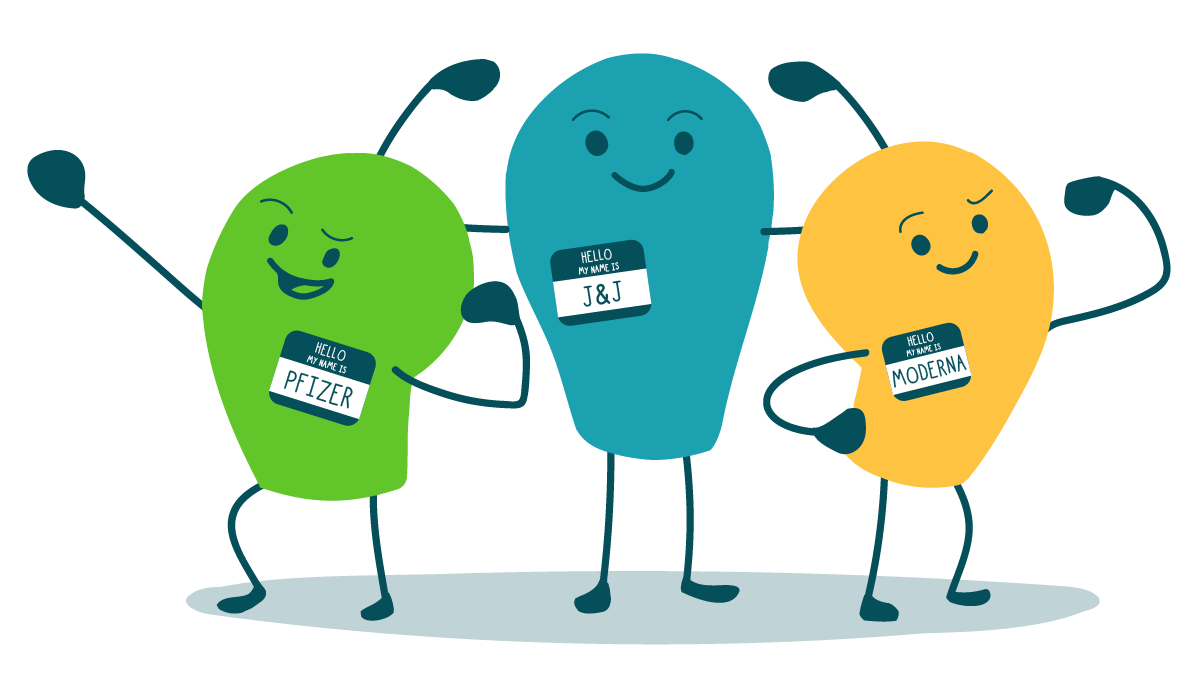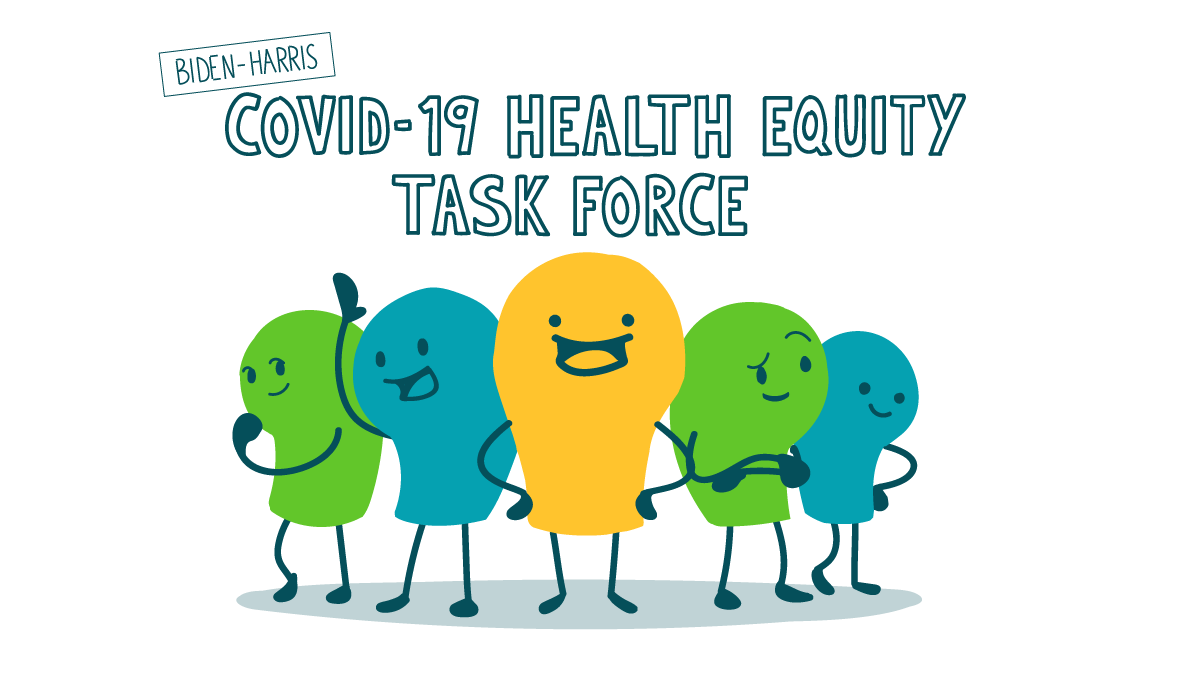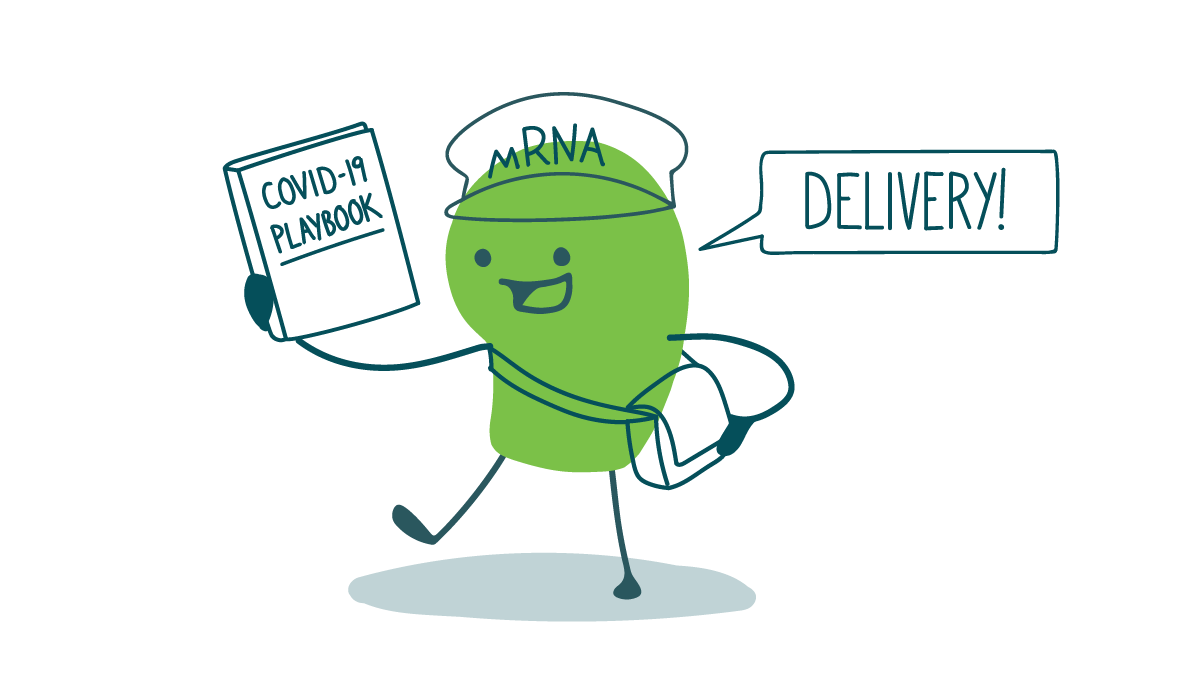
If you’re like us, dear readers, you’ve been eagerly following updates on COVID-19 vaccine trials. But of course, any benefit from a vaccine depends on people actually getting it. And the latest Gallup poll has the percentage of Americans who say they would do so at just under 60. So we’ve got some work to do on this front!
With the super speedy COVID vaccine development timelines, people may worry that experts are skipping safety steps. Often, we can stick to a simple key message to address this: “Experts are doing trials to make sure COVID vaccines are safe. By the time doctors start giving people a COVID vaccine, it will have been safety tested with thousands of volunteers — so we’ll know that it’s safe for the general public.”
In more detailed materials, it can help to lay out the phases of vaccine trials. Feeling unsure of the different steps yourself? Don’t worry, dear readers. We’re here for you with some plain language explanations! Use this cheat sheet to explain the phases of vaccine trials:
Phase 1
With a brand new vaccine, researchers start small. They give the vaccine to tens of people — usually 20 to 100. The key question here is: Is the vaccine safe?
Phase 1 trials also help researchers figure out the right dose (amount) for the new vaccine and find any serious side effects.
Phase 2
Once they know the vaccine isn’t likely to cause any serious side effects, researchers kick it up a notch and give it to hundreds of people. In this middle step, researchers ask: Does the vaccine work?
To answer this question, Phase 2 usually uses a control group — or a group that gets an older vaccine or a placebo (a shot with no vaccine at all) instead of the new vaccine. That way, researchers can be sure that the vaccine really works to prevent the disease.
Phase 2 also builds on what researchers learned about safety in Phase 1. Researchers learn more about any short-term side effects and keep homing in on the best dose to use.
Phase 3
Phase 3 is the big show — the last step before researchers apply for approval from the Food and Drug Administration (FDA) and start offering the vaccine to the general public. So they give the vaccine to thousands of people in order to answer the 2 key questions once and for all: Is the vaccine safe and does it work?
This phase always uses a control group. Researchers compare the number of people who got the vaccine and got sick with the disease to the number who didn’t get the vaccine and got sick with the disease. And that tells them how well the vaccine can protect us!
Because Phase 3 tests the vaccine in a much larger, more diverse group of people, it also finds less common side effects and confirms that it’s safe and works well for everyone.
Phase 4
This step happens after the FDA approves the vaccine. That’s right — even after researchers have answered the big questions, they keep studying the vaccine. They gather longer-term data to make sure the vaccine continues to work well and to learn more about any long-term side effects.
Combined phases and pauses
Sometimes when a vaccine is urgently needed, researchers may combine phases to speed up the approval process. But this doesn’t mean that they’re skipping important steps. It just shows that researchers and public health organizations are partnering on an extraordinary effort to get safe, effective vaccines to people who need them as quickly as possible.
Also, researchers may pause vaccine trials if there are issues along the way (this actually happened a couple times recently). And though it may seem scary, it’s a good thing. Why? It means the system is working to keep us safe.
The bottom line: Explain the phases of vaccine trials to boost public confidence in the process — and in a future COVID-19 vaccine.
Browse recent posts


